LED Technology and Its Future
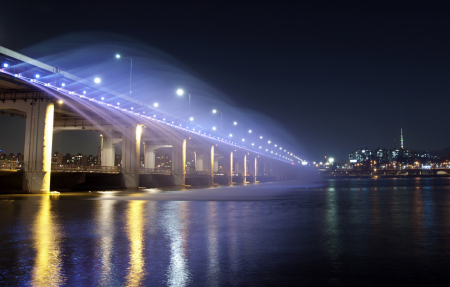 当前全球能源短缺的忧虑再度升高的背景下,节约能源是我们未来面临的重要的问题,在照明领域,LED发光产品的应用正吸引着世人的目光,LED作为一种新型的绿色光源产品,必然是未来发展的趋势,二十一世纪将进入以LED为代表的新型照明光源时代。
当前全球能源短缺的忧虑再度升高的背景下,节约能源是我们未来面临的重要的问题,在照明领域,LED发光产品的应用正吸引着世人的目光,LED作为一种新型的绿色光源产品,必然是未来发展的趋势,二十一世纪将进入以LED为代表的新型照明光源时代。
LED问世于20世纪60年代初,1964年首先出现红色发光二极管,之后出现黄色LED。直到1994年蓝色、绿色LED才研制成功。1996年由日本Nichia公司(日亚)成功开发出白色LED。
LED有很多优点和特点,如:省电、寿命长、耐震动,响应速度快、冷光源等。LED的应用也很广泛,我们生活中常见的指示灯、信号灯、显示屏、景观照明等领域都离不开LED灯。此外,LED球泡灯具与白炽灯比较,其最大的发展动力就是节能环保的优势。LED行业的快速发展,已经使得部分LED照明产品价格低于白炽灯或等同的水平,使得普通百姓家都可以接受,而且亮度也优于白炽灯泡。如:塑料球泡、贴片车铝、筒灯等。
除了节能(白光LED的能耗仅为白炽灯的1/10,节能灯的1/4.)、长寿(一个LED灯杯的寿命可达5万小时以上,对普通家庭照明来说可谓一劳永逸)、可以工作在高速状态(节能灯如果频繁的启动或关断灯丝就会发黑很快的坏掉)冷光源(它很方便运输和安装,可以被装置在任何微型和封闭的设备中,不怕振动)、环保,没有汞的有害物质等优点,LED也是有一些缺点的。如LED灯具在交流电驱动下有频闪现象,频闪会使眼睛容易疲劳;单个LED功率低,为了获得大功率,需要多个并联使用;照射房间的亮度不足;光线过亮会强烈刺激眼睛;显色指数低;照射角度有限制。
但在科学技术日新月异的今天,LED也在快速发展。澳州国立大学科学家近年来在磷薄层的研究中发现了发光的特性,可望为超薄且超轻的太阳能(PV)电池与发光二极体(LED)应用开启一线曙光。未来的LED定会有更大的发挥空间。
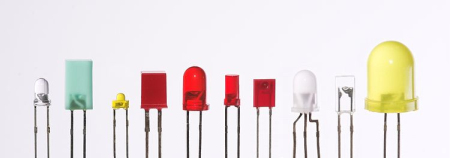 LED stands for Light Emitting Diodes. It has been a century since the technology came into being. It all started in 1907 but LED first gained prominence in the commercial world after 55 long years. The very first commercial LED was sold in 1962 to IBM.
LED stands for Light Emitting Diodes. It has been a century since the technology came into being. It all started in 1907 but LED first gained prominence in the commercial world after 55 long years. The very first commercial LED was sold in 1962 to IBM.
The lights were expensive but they were more efficient and beneficial over bulbs. They lowered the demand for power, reduced heat production and offered many other advantages. With all these positive points, LEDs became the technology of choice.
Till today, LED is regarded as being one of the most efficient technologies The latest white LEDs have replaced all other white light sources.
What is LED Technology?
LED or Light-emitting diode is a solid state device which converts electric energy into light of a single color. LED makes use of cold light generation technology. In this technology, energy is supplied in form of an invisible spectrum. The best thing about LED is that no energy is wasted in form of heat. This gives LED technology an edge over other technologies where a large amount of heat is produced.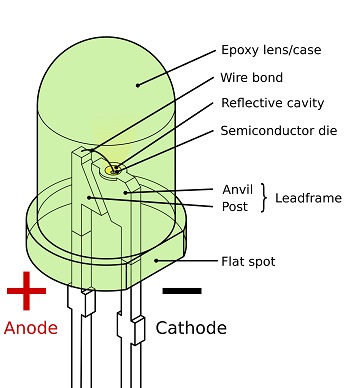
Producing cold light is not the only plus point with LED technology. Other positive aspects include:
- LED can be easily unified into any control system.
- LED can easily derive power from portable batteries. It can also be powered by a solar array.
- The “on-time” with LED is really quick as compared to incandescent lamps.
- LEDs are small in size.
- LED is resistant to shock as well as vibration.
- Colour resolution with LED technology is excellent. Plus, there is low or completely no shock probability.
Uses of LED
LED technology is commonly used in:
• Earlier LED light was used as indicator lamps
• Indication lights on various devices
• Small as well as large lamps
• Traffic lights
• Self-illumination and accent lighting
• Large video screens
• Street light
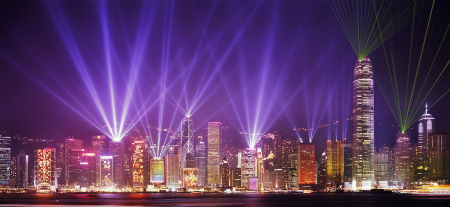 Recently, LEDs have gained recognition for lighting applications. The recent advances in LEDs is that now they sleeve the entire spectrum of lights including white, blue, green, yellow, orange and red. But, white light LEDs are still the best and the milestone of LED technology.
Recently, LEDs have gained recognition for lighting applications. The recent advances in LEDs is that now they sleeve the entire spectrum of lights including white, blue, green, yellow, orange and red. But, white light LEDs are still the best and the milestone of LED technology.
Advantages and Disadvantages of LED
There are a number of advantages of using LEDs, which are -
• This is an extremely durable technology. LEDs life depends on packaging configuration, operating environment as well as the drive current. It is more durable than a tungsten bulb.
• It is a great source of light for small areas and short distances. It is an energy efficient technology. LED needs only 30 to 60 milliWatt current to work efficiently.
• LEDs are shockproof. They are safe.
• Directional LED has many useful applications, for example, it helps in bringing down the light pollution on the streets.
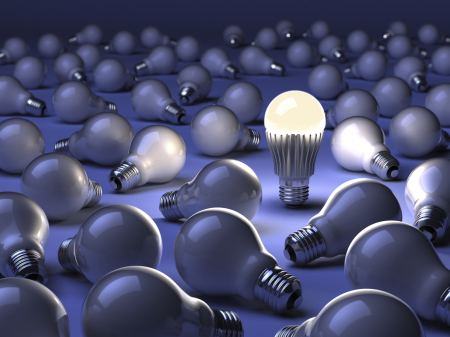 Though LED has emerged as a successful and useful technology, there are a few shortcomings that you should be aware of. Listed as follows are some disadvantages of LEDs:
Though LED has emerged as a successful and useful technology, there are a few shortcomings that you should be aware of. Listed as follows are some disadvantages of LEDs:
• Over time, the lumen output gets reduced.
• Circuit board solder as well as the thin copper connections split whenever flexed and cause many issues.
• LED technology brings in use many rare earth metals. These earth metals are bounded by price control monopoly by many countries.
• LED technology does not work efficiently in applications where the variation in winter/ summer temperatures is dramatic.
• Semiconductors are liable to get damaged by heat. To prevent this, heat sinks should be used as they keep the robust array cool. Many times, a fan is required to maintain the temperature. Though this effectively controls the temperature it leads to extra expenditure.
Future of LED Technology
LED is the technology to vouch for. In future, we could see some positive variations in this technology. Some interesting technologies can be used in future for the production of white light with LED. This includes Stokes shifts which mean converting the wavelength by bringing in use a material, mainly phosphorous.
There are some methods of development of white LED light that are not dependent on phosphorous. They use crystal deposition named epitaxy.
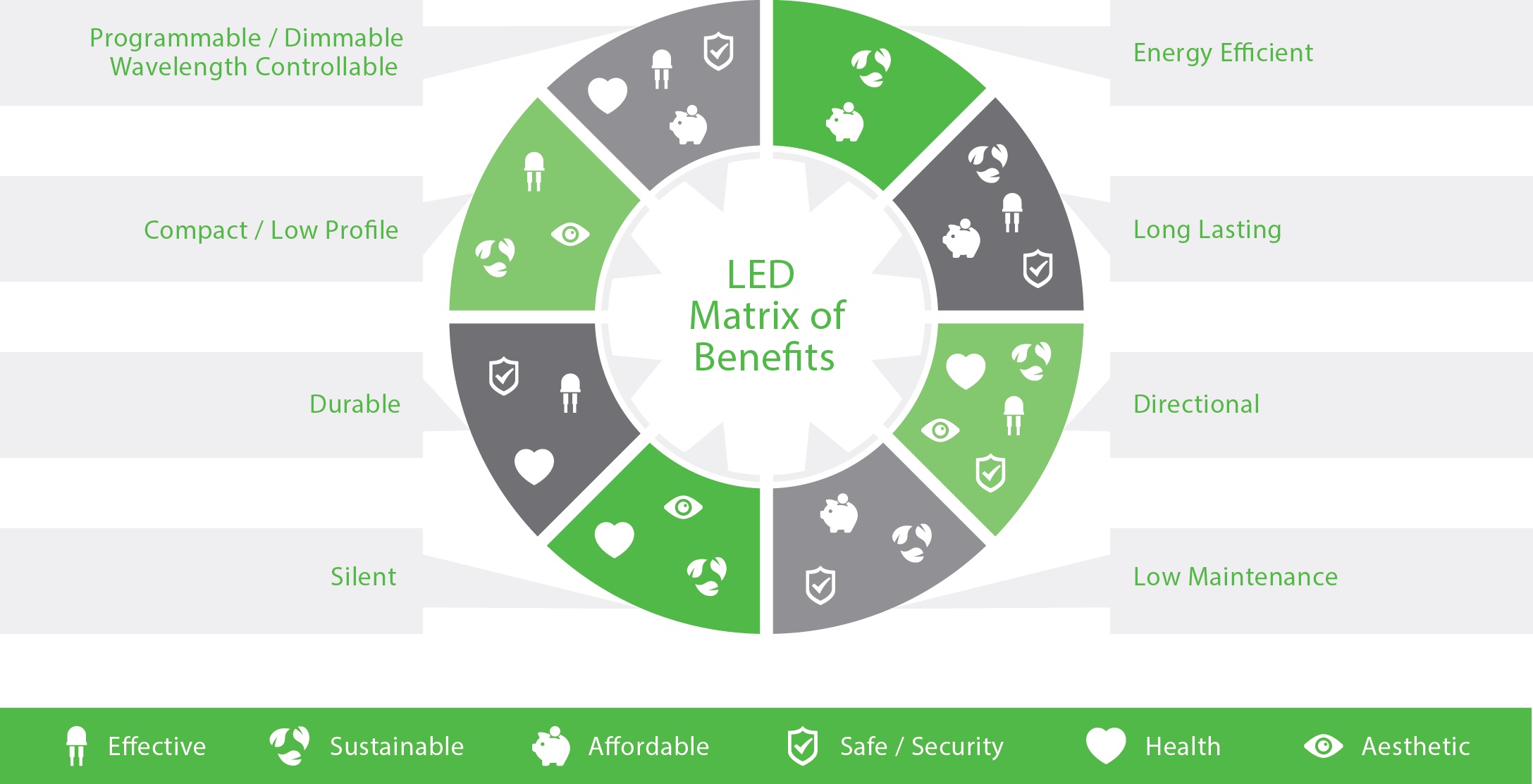 Currently, LEDs have largely found their outdoor applications for lighting roadways, streets, garages, parking lots, building exteriors, as well as outpacing indoor industrial, residential, and commercial applications. It is expected that LED is going to be used for all outdoor lighting in the United States by 2025. According to the Department of Energy (DOE), 84% of all lighting applications will be replaced with LEDs by 2030.
Currently, LEDs have largely found their outdoor applications for lighting roadways, streets, garages, parking lots, building exteriors, as well as outpacing indoor industrial, residential, and commercial applications. It is expected that LED is going to be used for all outdoor lighting in the United States by 2025. According to the Department of Energy (DOE), 84% of all lighting applications will be replaced with LEDs by 2030.
LED lamps are very important in terms of monetary savings and long-term energy, as the shift in this lighting technology is huge. It is expected that the cost of LEDs will continue dropping in future while their lifetime and efficiency will improve. According to the EIA, LED use is going to be predominant by 2027, which will cut down on the yearly output of 45 1000MW electric power plants. That's a huge saving for the country!
As for the possibilities and future trends, LED lighting technology is likely to be more commercially viable and more dynamic after the year 2020. Furthermore, LED technology will integrate with information technologies on a higher level, thus creating new possibilities.
LED products feature the low energy footprint, which is why conventional circuits utilized for illumination installations are getting oversized. For that reason, Ethernet cable will be employed in powering LED lighting in order to decrease expenses of building construction. That will render lighting circuits to be an integral part of the data network. Additionally, Power over Ethernet (PoE) will be deploying services such as building management systems and Li-Fi.
Like the fax machine and desktop printer, LED lights may see a diminished role soon. That said, LED bulbs are likely to be replaced by lasers in future, especially when it comes to interior lighting. Get ready to see FIPEL (field-induced polymer electroluminescent) lighting technology that quietly gives off a white, soft glow.
It is turning up almost everywhere, from car headlights to bedside lamps. A white laser light uses a semiconductor-based, monolithic setup, emitting green, blue, and red lights simultaneously. This technology is finding its application in all types of lighting, television monitors, computers, and Wi-Fi technology.
---END---